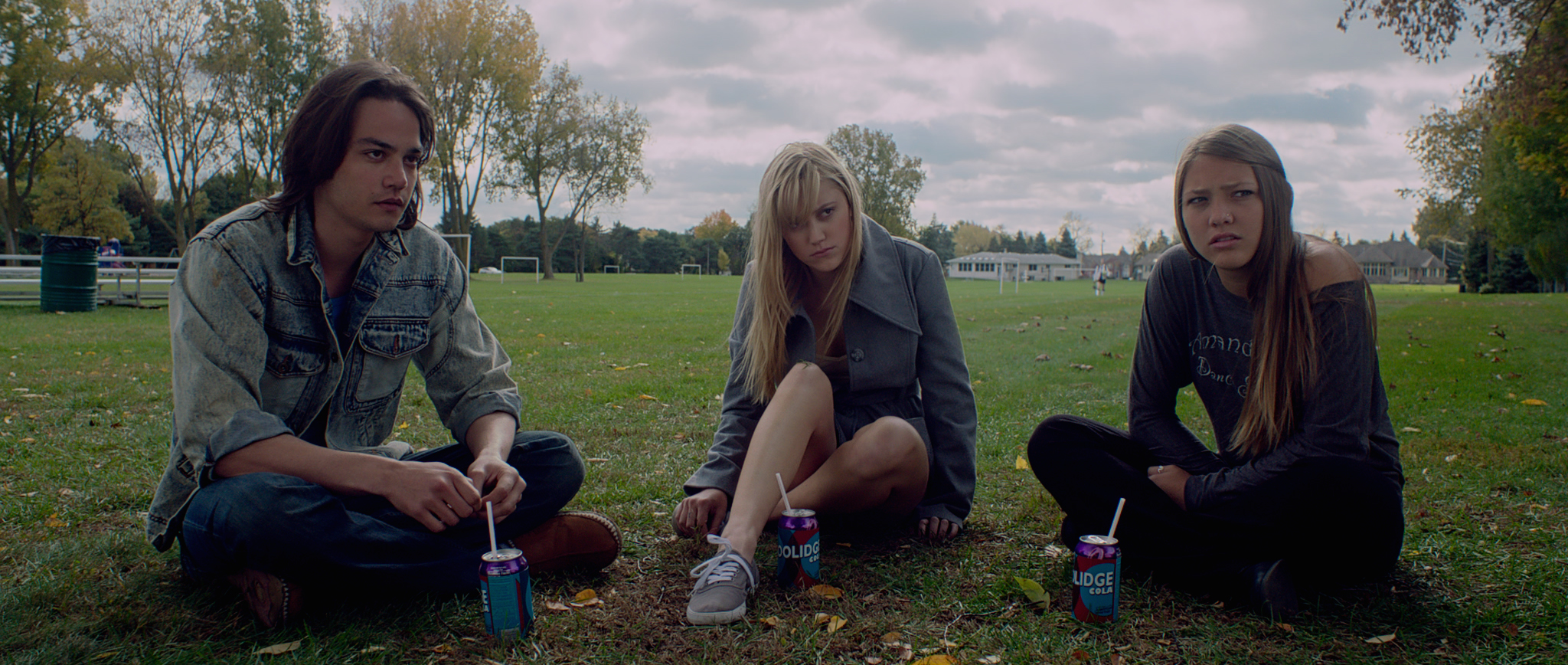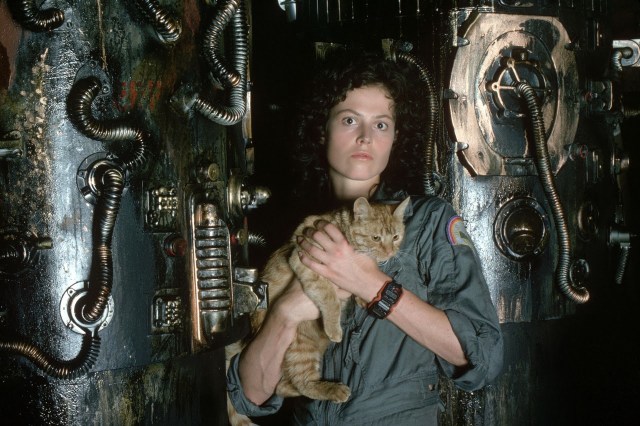It Follows and the Science Behind the Creepy-Crawlies
The down-low from an IRL science communicator.

[Possible trigger warning for violence against women.]
It Follows‘ premise is simple: after finally going all the way with a guy she’s been seeing, college student Jay is chloroformed and wakes up bound to a wheelchair. Her beau explains that he’s infected her with a sexually-transmitted curse and that she is now being followed by something slow, but inexhaustible and, if it reaches her, lethal.
This film has a straightforward premise, a saturated palette, and a throwback soundtrack that makes you feel like you’re watching an 80s horror flick (I love me some synth); it’s also a great study in terror. And notice that I said terror, not horror.
Stephen King once summed up terror versus horror quite nicely in terms of how satisfying they are for readers and, really, same goes for moviegoers: “I recognize terror as the finest emotion and so I will try to terrorize the reader. But if I find that I cannot terrify, I will try to horrify, and if I find that I cannot horrify, I’ll go for the gross-out. I’m not proud.”
When we look at what gives any good horror movie its true horror vibe, we end up with two distinct elements: terror and horror (King adds a third category, revulsion, but let’s face it: gore, gross-outs, and body horror are just regular horror’s cheap little brothers). We often use these terms interchangeably, but they are very different. Terror is that awful, creepy-crawly tension-building, that anxiety and anticipation that builds toward a horrifying event or realization—basically, the heebie-jeebies. Horror is how we react once that event actually occurs. We can thank Ann Radcliffe, mother of Gothic lit, for those definitions.
Terror and horror also affect the human body and brain differently, but it all boils down to your brain and body preparing to protect you from a perceived threat.
You’ve probably heard of the fight-or-flight response before. Feeling threatened? Your brain must decide between telling you to run away or to face it and fight. This reaction is controlled by two almond-shaped structures in your brain called the amygdalae. They trigger the hypothalamus, which directs a cascade of chemicals and hormones to flood through the brain and body. It signals for another part of the brain, the pituitary gland, to produce a hormone called ACTH (adrenocorticotropic hormone), which in turn signals for the adrenal glands to produce the hormones epinephrine and norepinephrine (AKA adrenaline and noradrenaline). These hormones get your heart racing and prepare your muscles for action. Your adrenal glands also release cortisol, a stress hormone, which works to increase blood sugar levels and give you an extra boost of energy.
Cool. Now your body is primed to either run really fast or to get scrappy. And this happens whether or not you’re facing a threat IRL or on a screen. Why? Your brain likes to play things on the safe side, just in case. In terms of survival, it’s much easier for your brain to react first and ask questions later.
Let’s look at a staple to horror: the jump scare. You know it’s happened to you: tension is building, you know something’s gonna have to happen soon…and then there’s a musical sting! Something bursts onto the screen! Your body jolts and adrenaline suddenly surges—
And it’s a cat. Or maybe it’s an actual threat. But it’s probably a cat.
Whether you register the jump scare as scary or not in your brain doesn’t matter here. Your body is reacting out of reflex before your brain really knows what’s going on. The jump scare—in particular the loud sound that accompanies it—triggers what’s known as the “startle circuit”, which sends the signal from your ear straight to your spinal nerves, no consciousness involved. All in all it takes about 50 milliseconds, tops. If the pay-off to the jump scare is good—say the culprit is actually something threatening—then great! Your body is pumped with adrenaline and ready to deal with it. If it’s a cat, then your body is prepped for nothing and you end up just feeling kind of annoyed and unsatisfied.
It Follows has jump scares, and they are used as small releases for the tension created by the building terror that, even when we can’t see it, something is slowly but surely coming. Every scene has you constantly watching over Jay’s shoulder, scanning the background, and craning your neck to see if there might be a figure walking steadily toward her.
You still get the same cascade of hormones prepping your body for when this threat finally appears, but with the added advantage of time. The slower build also allows for these hormones to heighten arousal (no, not that kind) and hyper-vigilance so you can take in as much as possible about what’s going on on-screen.
And when the horror elements do come into play? You’ll be ready.
Nina Nesseth is a professional science communicator, emerging playwright, and serial tea-drinker. She’s happiest when science-ing at people (yes, that’s “science” as a verb) and watches way too many movies (but she lacks stamina and falls asleep if she tries to watch two in a row). You can find her on Twitter @cestmabiologie.
—Please make note of The Mary Sue’s general comment policy.—
Do you follow The Mary Sue on Twitter, Facebook, Tumblr, Pinterest, & Google +?
Have a tip we should know? tips@themarysue.com


